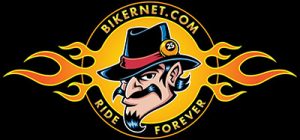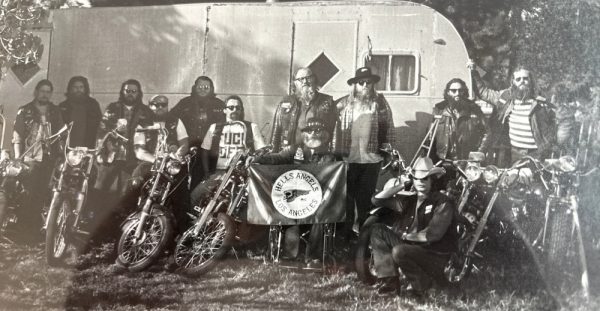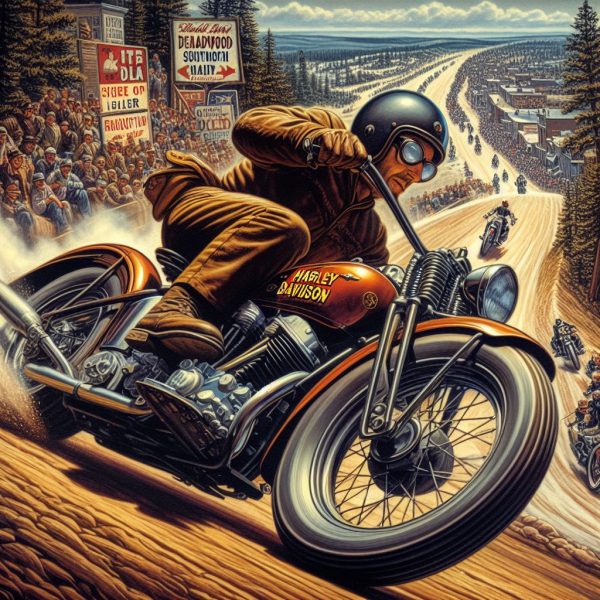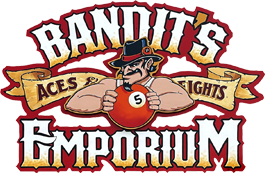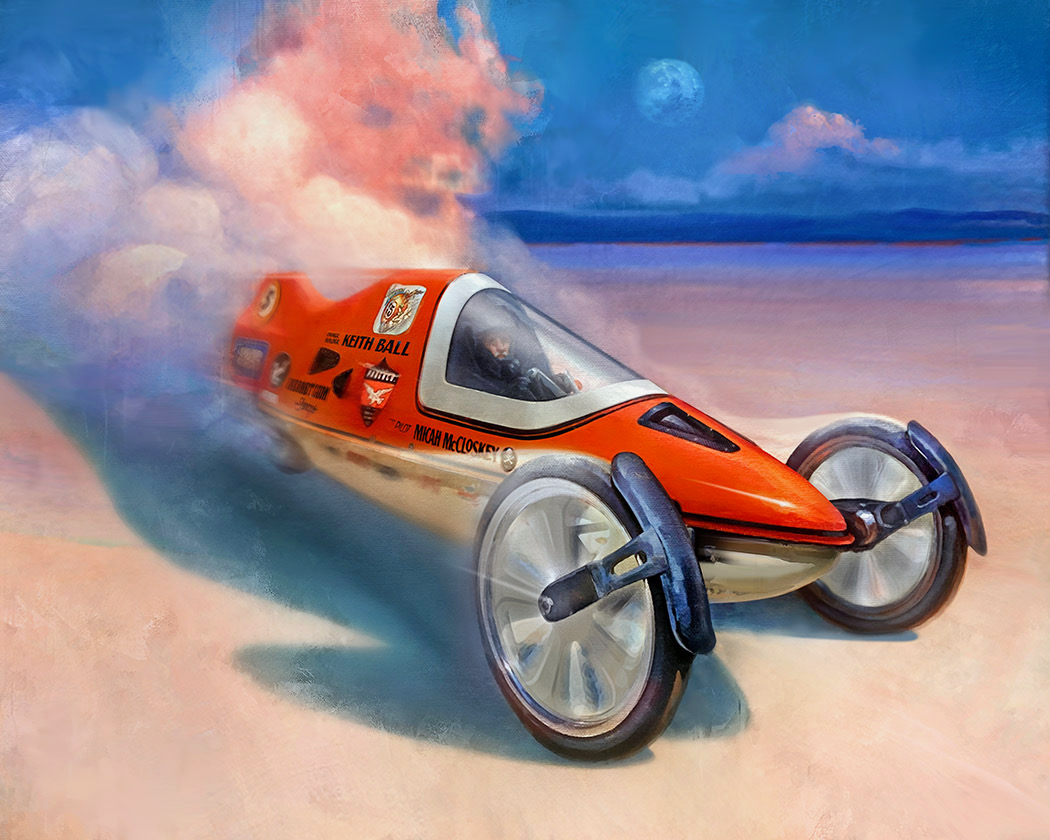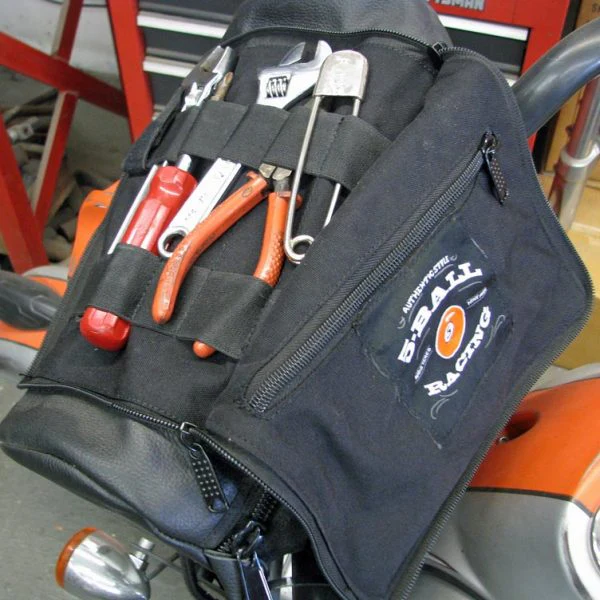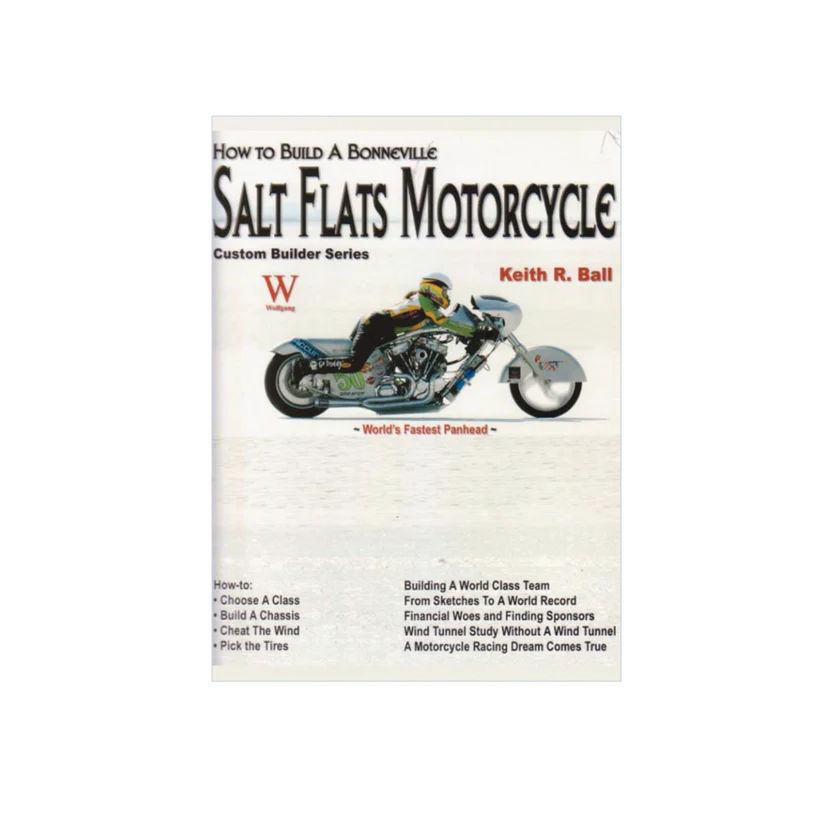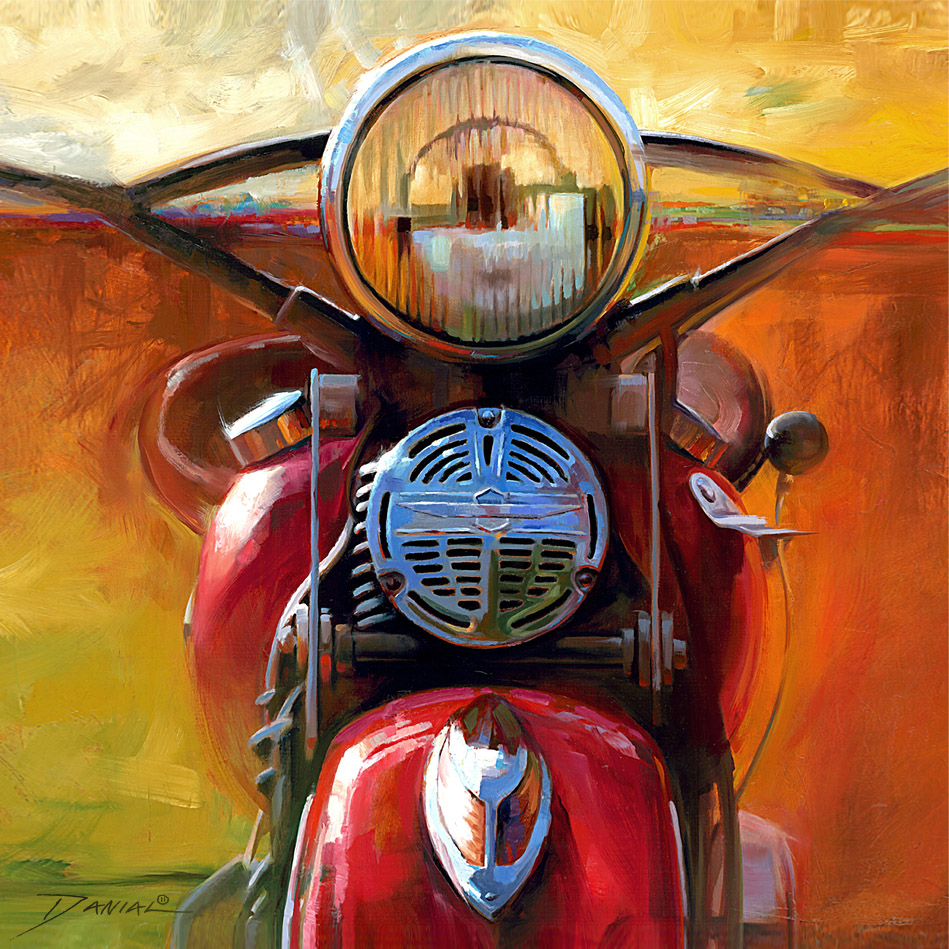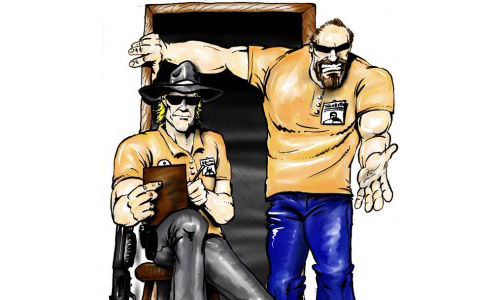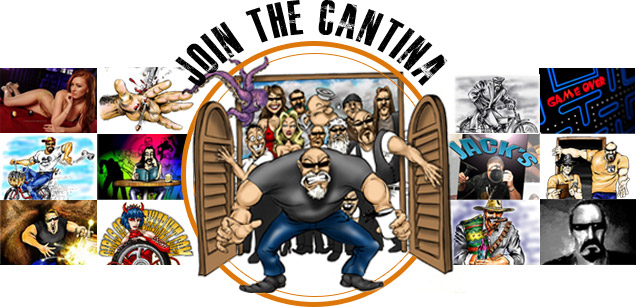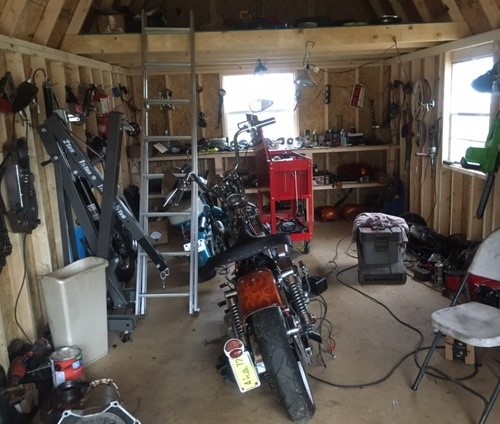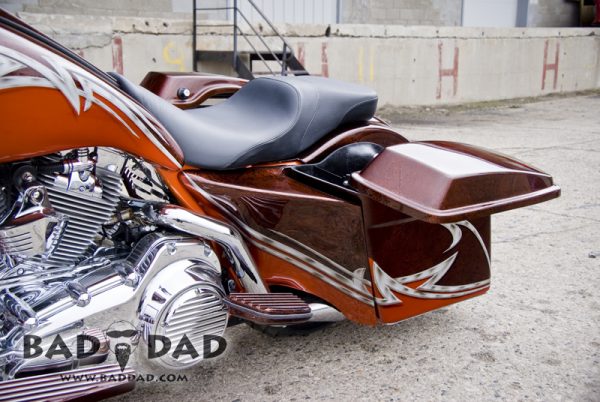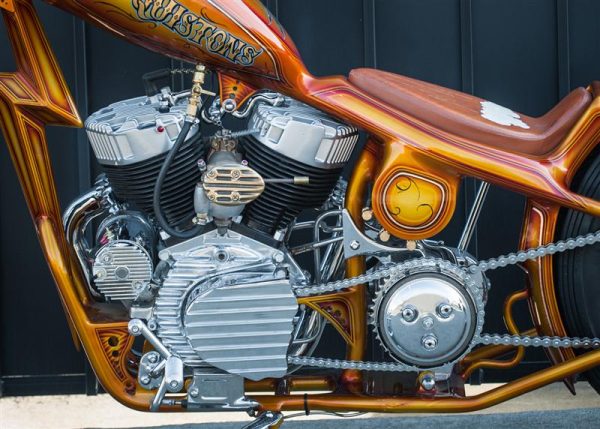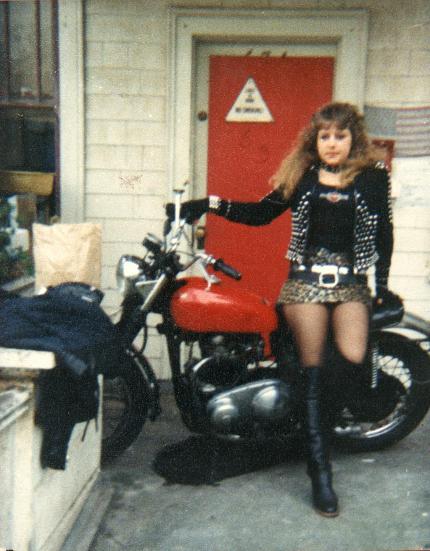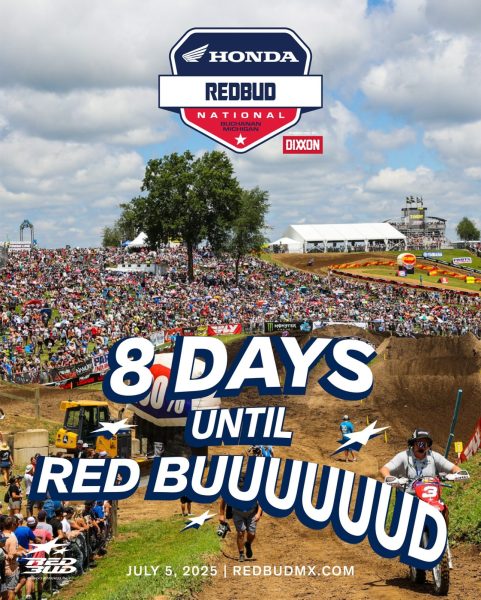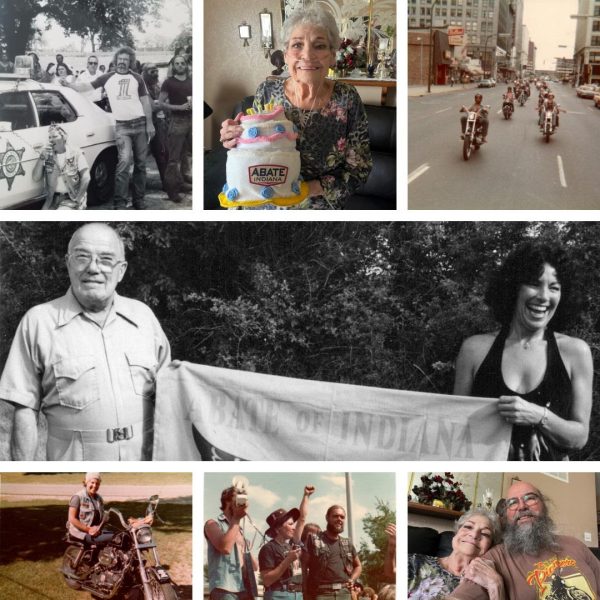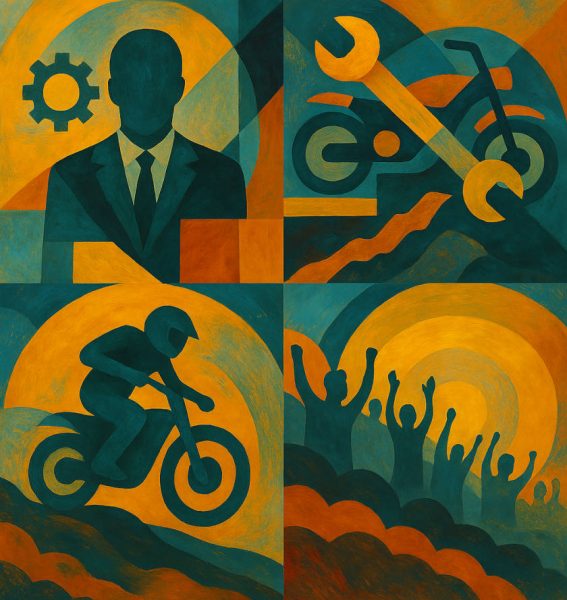Latest Articles
WIN BY HARLEY-DAVIDSON RACERS JAKE LEWIS & CORY WEST
HARLEY-DAVIDSON® PAN AMERICA® ST RACERS JAKE LEWIS AND CORY WEST WIN IN MISSION SUPER HOOLIGAN ...
1939 Harley-Davidson Knucklehead is headed to someone’s garage
ONLY TWO DAYS LEFT CLICK TO WIN https://store.wheelsthroughtime.com/win-this-bike The 2025 WTT Raffle Grand Prize is ...
CLUB FIGHTS 1976
I just watched the George Clooney and Evan McGregor film, “Men who Stare at Goats.” ...
National Council of Informed Riders
National Council of Informed Riders (National COIR) KEEPING YOU INFORMED National COIR has joined 5 ...
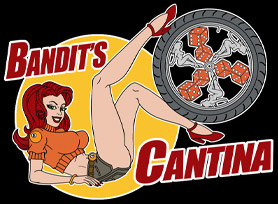
New in the Cantina
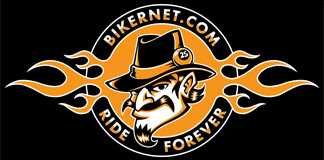
Weekly News
ALL-AROUND BIKERNET WEEKLY NEWS for August 31, 2017
Hey,This is one of those days. We could go in almost any direction. The mural ...
THE STRIKING BIKERNET WEEKLY NEWS for August 24th, 2017
Hey,This is a striking week with the return of the Badlands run survivors and the ...
INCREDIBLE BIKERNET WEEKLY NEWS for August 17, 2017
Hey,I’m sorta lost today. We are still unwinding from the Sturgis run and dealing with ...
BOSS IS GONE STURGIS IS ON BIKERNET WEEKLY NEWS for Aug 10, 2017
Hey, Bandit is gone and I'm in control! The news took awhile to get together. I ...
Tech Articles
1928 Shovelhead Project Part 1
In an effort to stay tuned with the rapidly growing and ever changing industry the ...
From Stock To Performance Machine
Brought To You ByEver wondered just how far you can go with a Harley basedcustom??? ...
Fueling Super Scavenger Oil Pump for Twin Power
Ok, ok, ok….so you want me to check out a new oil pump by Fueling, ...
Bike Features
Dave’s ‘Bad Dad-Rad’ Custom Road Glide
Dave Johnson is a genuine connoisseur of motorcycle rallies and events. After building a custom ...
THE McQuiston K
Ryan McQuiston is living the biker dream. He rides, wrenches, snorts 20/50-weight, and does it ...
Event Features
WIN BY HARLEY-DAVIDSON RACERS JAKE LEWIS & CORY WEST
HARLEY-DAVIDSON® PAN AMERICA® ST RACERS JAKE LEWIS AND CORY WEST WIN IN MISSION SUPER HOOLIGAN ...
Roads to Redbud 2025
Hey all - anyone venturing to Buchanan Michigan on the 5th of July, for the ...
Happy Birthday ABATE Of Indiana
In the mid-seventies, the motorcycle rights movement really started in earnest. This is why many ...
AMA Motorcycle Hall of Fame Announces Class of 2025
Six distinguished motorcyclists to be inducted on Oct. 23 during the AMA Hall of Fame ...
